Those who have become musicians may find that it’s hard for them to follow their passion on a musical journey. Those who are still not musicians may think it will be a hassle taking instruments out to a festival. That can be true, however, the instrument depends in most cases on your instrument. It is not easy for backpackers to carry a piano in their suitcase but there are plenty of small instruments in existence that can easily be transported for roaming souls. It may appear cliché, but music has the power to connect people. These facts add a new benefit to travelers.
Guitar
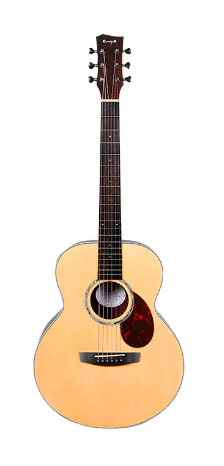
Among musical instruments, the guitar is a plucked instrument, usually with six strings and similar in shape to a fiddle.
The guitar is often considered the main instrument in pop, rock, blues, folk, and flamenco music.
In the field of classical music, the guitar is often performed as a soloist or in duo form. In chamber music and orchestral music, the guitar also plays a significant supporting role.
The top and back of the guitar are flat, and the waist of the body is generally not angled but recessed.
The fingerboard has a saddle and is equipped with many narrow, slightly raised metal horizontal frets called “pins”, which divide the strings into many semitones.
The 36-inch guitar is easy to carry, and suitable for sharing music with your companions when you go camping and sing together.
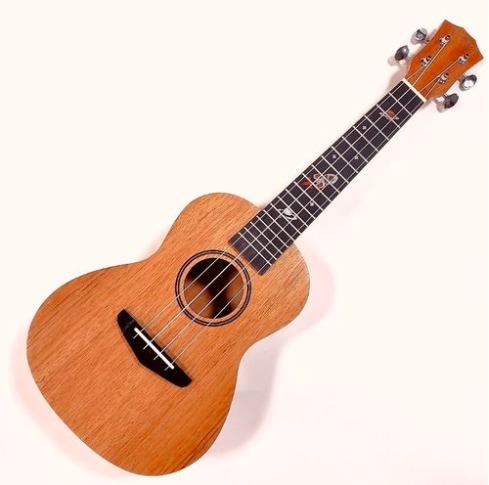
Ukulele
Ukulele that Hawaiian small guitar, in Hong Kong and Taiwan and other places generally translated as Ukulele, in the mainland generally used to be called Ukulele, is a kind of Hawaiian four-string plucked string instrument, invented in Portugal prevailed in Hawaii, attributed to the family of guitar instruments.
The difference between guitars: the ukulele has four strings, and the guitar has six.
Similarities with guitar: both belong to plucked string instruments and have the same way of tuning (four strings, three strings, two strings, and one string with hollow tones all spaced in fourths, thirds, and fourths).
Soprano: 21″ (overall length about 55 cm), number of frets about 12-14, tuning GCEA (from the fourth string to the first string). Abbreviated as S-shape.
Concert: 23″ or 24″ (overall length about 60 cm), number of frets about 15-18, tuned GCEA.
Tenor: 26″ (overall length about 68 cm), fret count about 15-20, tuned GCEA. abbreviated T.
Baritone: 30″ (overall length about 80 cm), tuned DGBE. Abbreviated as B type.
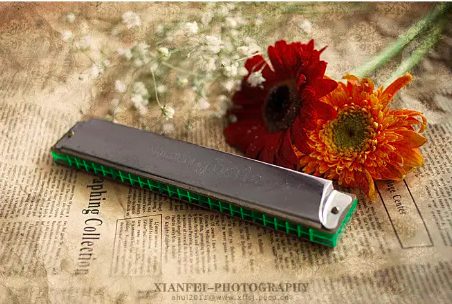
Harmonica
The history of the harmonica, as we know it today, legend has it that it began in 1821. A 16-year-old German Christian applied for a European patent for an instrument he had invented. The instrument, which he called “aura” (a circle of light above the head of God), is a reed instrument consisting of a series of steel reeds arranged vertically in small chambers.
The harmonica is generally considered to be a melodic instrument, but over the centuries it has evolved to play accompaniment chords as well.
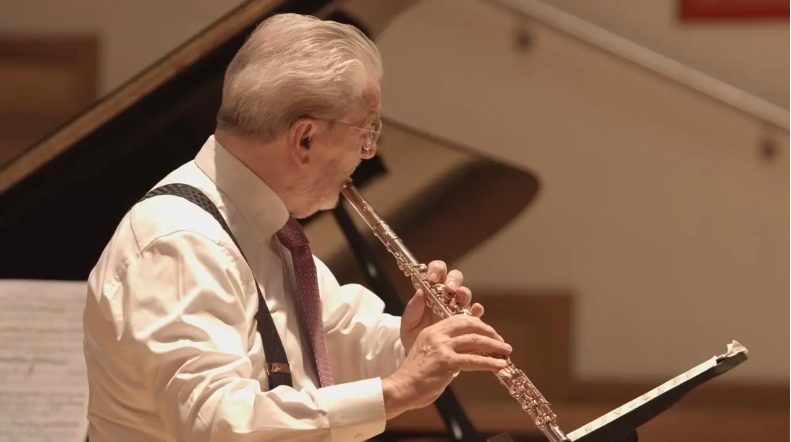
Flute
Originally a woodwind instrument, the flute was gradually made of metal as the industry developed. The soft and transparent sound of the flute is said to remind people of the endless blue sky. In addition, the flute can express a different side of emotion, with its rhythmic rhythms, which can lead to nostalgia for distant places. The flute has a wide range and is very expressive, especially when playing melancholy pieces, like a faint melancholy embedded in the heart.
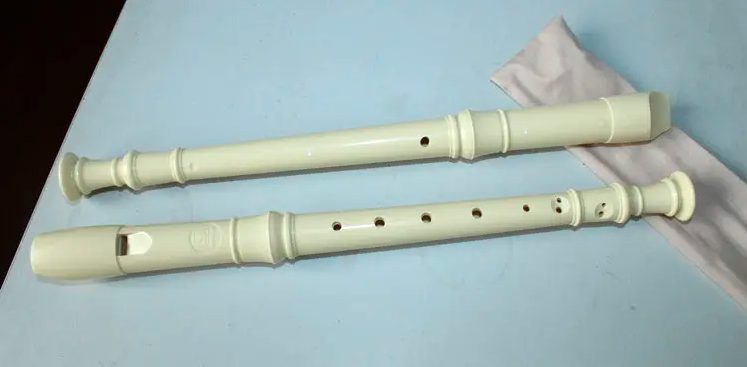
Recorders
Recorders are among the foremost woodwind instruments and are forerunners of the ultramodern flute. The archivist has a prophet and is played like a whoosh, by blowing directly into the top of the instrument. It’s a simple rustic tube, generally with eight finger holes, which are covered to produce different notes.
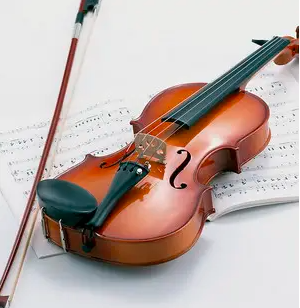
Violin
If the piano is the “king of instruments”, then the violin is the “queen of instruments”. Over the centuries, famous composers from all over the world have written a large number of classical works for the violin, and violinists have injected their souls into this instrument and developed a mastery of the art of playing. The violin can be played both in ensembles and as a soloist.
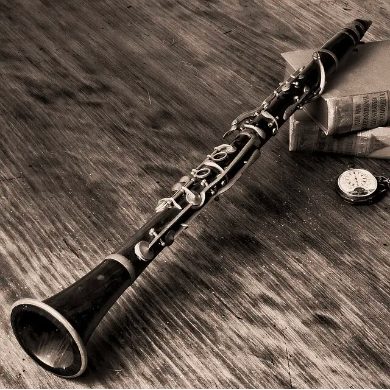
Clarinet
The clarinet, also known as the black pipe or clarinet, is also known as the harp in Taiwan (Clarinet in English, Clarinetto in Italian, Clarinete in Spanish, Clarinette in French, and Klarinette in German), and is known as the “orator” of the orchestra and the dramatic soprano of the woodwind instruments. The soprano range is bright and clear; the alto range is expressive, with a pure, clear, and beautiful tone; the bass range is low, thick, and rich, and is one of the most widely used instruments in the woodwind family.
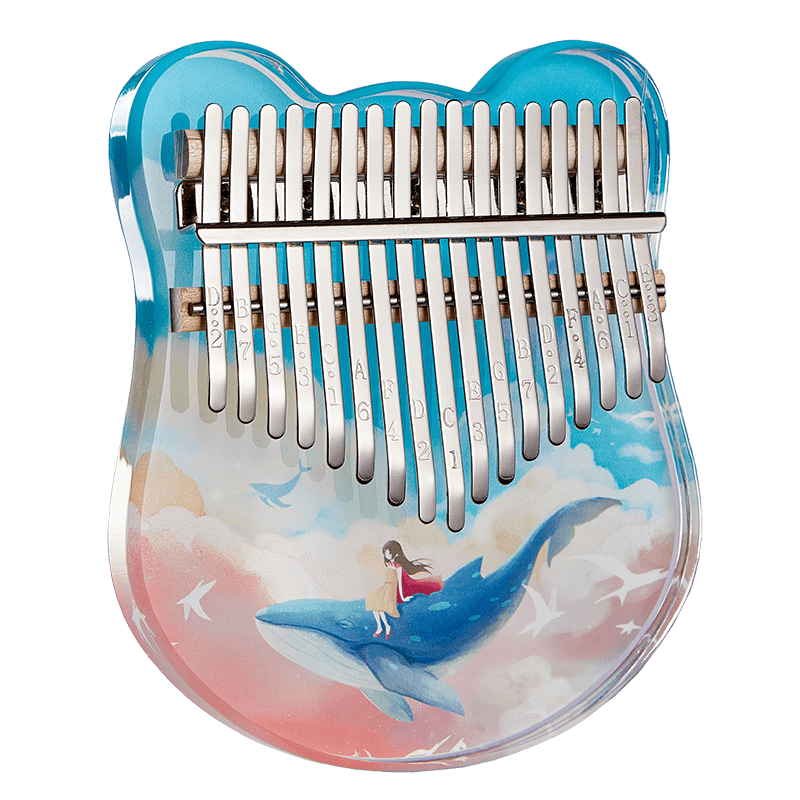
Kalimba
The kalimba instrument(or “carlimba” in English) originated in Africa and has a history of more than 3,000 years. It is an ethnic instrument with African characteristics. In different African countries, the thumb piano has different names, for example, Kalimba is the name of the instrument in Kenya, while in Zimbabwe it is called Mbira, the Congolese call it Likembe, and it is also known by the name Sanza and Thumb Piano.
It is named primarily for the thumb that is used to pluck the lamellae on the body of the instrument (mainly made of wood, bamboo, and in modern developments, metal as well). The traditional thumb piano uses a resonator made from a gourd.

The kalimba instrument is very simple to play, just plucking the steel with the thumb to produce a crisp sound. The melody of the symphonic plate is produced by combining the left and right hands with the accompaniment of the harmony and playing as one.
Learm more about the kalimba instrument.
